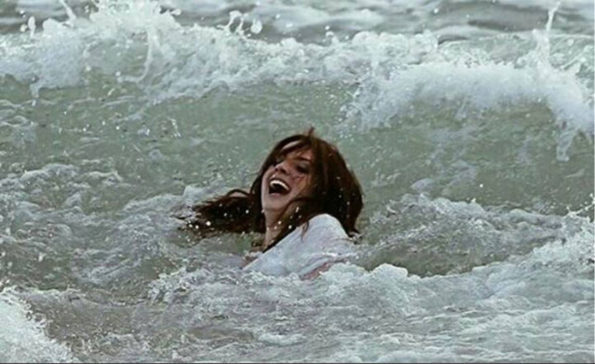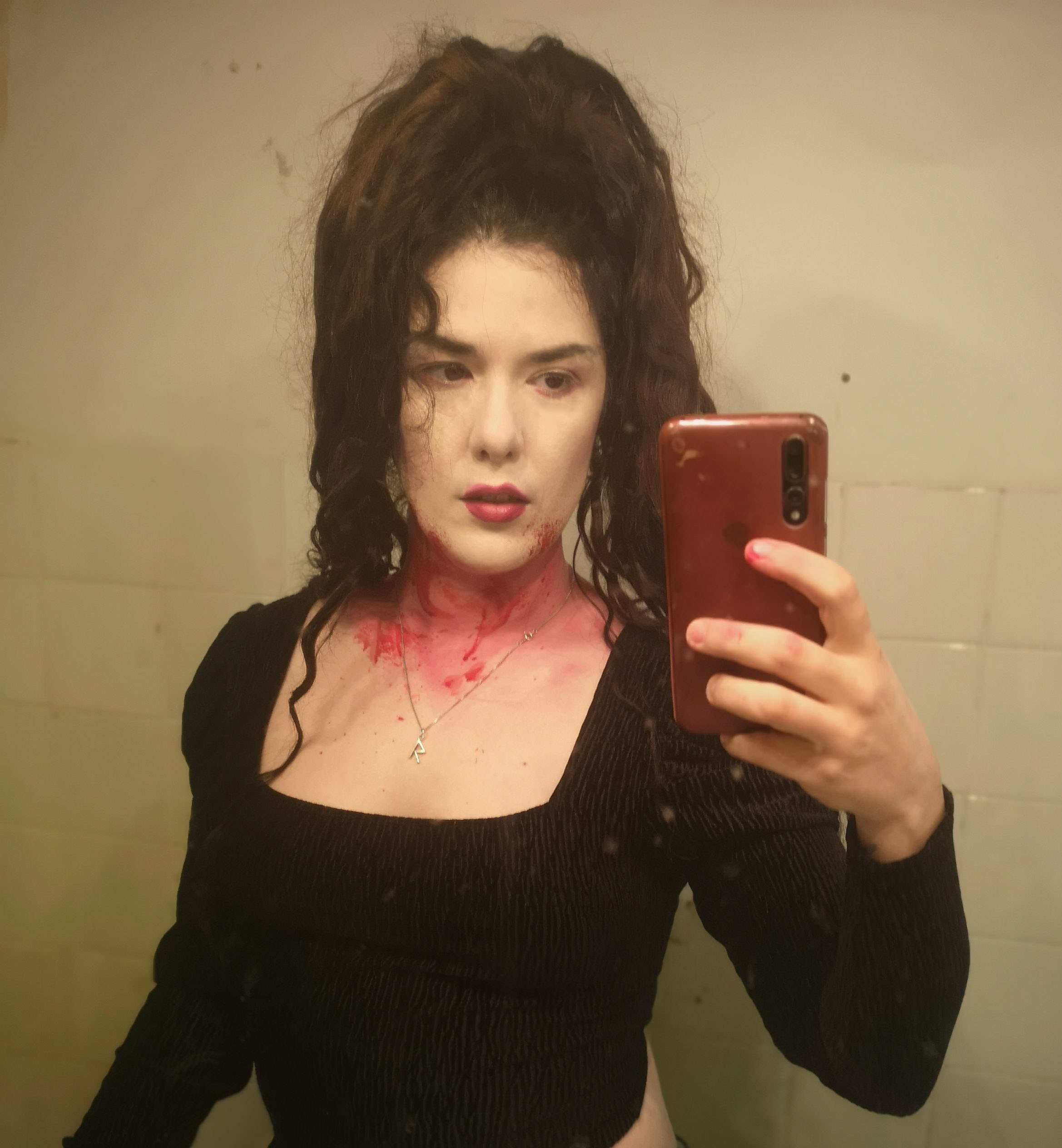Search
To search for an exact match, type the word or phrase you want in quotation marks.
A*DESK has been offering since 2002 contents about criticism and contemporary art. A*DESK has become consolidated thanks to all those who have believed in the project, all those who have followed us, debating, participating and collaborating. Many people have collaborated with A*DESK, and continue to do so. Their efforts, knowledge and belief in the project are what make it grow internationally. At A*DESK we have also generated work for over one hundred professionals in culture, from small collaborations with reviews and classes, to more prolonged and intense collaborations.
At A*DESK we believe in the need for free and universal access to culture and knowledge. We want to carry on being independent, remaining open to more ideas and opinions. If you believe in A*DESK, we need your backing to be able to continue. You can now participate in the project by supporting it. You can choose how much you want to contribute to the project.
You can decide how much you want to bring to the project.

About four years ago, a picture came into my life. I can’t remember exactly how it appeared. It is no longer possible to remember accurately how resources appear amidst the overexposure to technological stimuli, willingly or unintendedly mundane. Not to talk about the creative inventiveness of the act of remembering, almost just as unreliable as writing an essay that we claim to be personal and a critical text at a time. What I can clearly frame is the situation I found myself in when that image appeared and I was traversed by it for the first time. I had been squatting for years (and I kept squatting), in one sense because of the impossibility of finding a job which allowed to live in a city and cover the basic housing expenses, while developing an art career or production, that vernacular prison which is brought upon you when you have a vocation, intertwined with neoliberal logics that seep through every one pore of you. I don’t think the specific features of the Art Sector as to production and long-distance race are trivial or debatable; it’s tremendously complicated –not to say impossible– to develop production or build a career in the arts if one doesn’t have a certain amount of symbolic or economic capital, as María Ruído very aptly defines it in “Somos les fantasmas, somos lxs virus”[1] (We are the ghosts, we are the viruses). At the time I, along with several people I love, was finding myself immersed in an anarchist witch hunt in which dozens of people from all over the Spanish State were being detained and charged with terrorism for the simple reason of being activists or living in squats, or being part of self-managed squatted social centres.[2] My partner and I lived those years with special horror, of any unexpected noise in the dark of the night, of a helicopter’s stentorian flight or of a car that had been left parked for days in front of our house. It wasn’t an unsubstantiated fear, that was our reality. The image showed a person in the midst of sea water turbulence, swimming or trying not to drown, with dishevelled hair, laughing histrionically. That image came to me as the clearest definition of what I felt was my life at that time, a complete lack of control over my own existence and, at the same time, a titanic intent to stay afloat facing greater powers. I’ve carried that picture alongside me to this very moment, becoming a liquidous symbol that remains fearfully specific in the progression of life to this day.
I was born on a volcanic island in the middle of the cold waters of the Atlantic Ocean, on La Palma, on the Canary Islands. Which implies a specific mindset as it happens you grow up and come into being in places with very specific physical or topographic features. It’s a relationship with the sea and its turbulence which extrapolates itself into the subconscious. Practically every week I dream of tsunamis and tides. The Canary Islands stand like a bastion against the currents which converge at that subtropical position. The are areas of practically suicidal surges, but yet another unusual phenomenon takes place: Las Calmas. Las Calmas is a phenomenon specific of the islands of higher altitude which, due to volcanic orography, produces seemingly calm waters in which one has an often deceitful feeling of safety, while the currents flow below the placid waters. You may be swimming peacefully risking moving on to a few metres away and finding yourself inside a current like the one in the picture, from which you can’t get out. The current only allows you to be led by it; if you fight it without knowing how to you end up dead from drowning, exhausted. The sea always claims its own.
That picture, which I keep at sight in my studio every day, has revealed itself as a metaphor of what 2020 could have been but hasn’t been. What the future, in all likelihood, will look like for upcoming artistic creation in Spain. Lockdowns and the shelving or cancelling of projects and commissions notwithstanding – something I guess you have brooded over and over like me – I’m thinking of what mechanisms have been set in motion by institutions and governments to alleviate or “rescue” this distressed artistic community. The despair of competition based on calls for projects. Emergency relief in the shape of award to excellence under curriculum and educational guidelines, this time traversed by cover letters in which weeping over your finances at low ebb award points. Purchase-sale at very reduced cost, aid to production which pays two months of rent and two buys at Lidl, and which don’t include the projects’ exhibiting. Hundreds and thousands of artists applying. Two rats fighting for a churro with Linkin Park as background music.[3] It is no longer just rough tide in which you fight energetically to keep up your strength and optimism in the face of a hostile environment. This is now deep, stagnant waters in which the more you move the more seaweed tangles you up and sinks you down. I’m also thinking of those stagnant, systemic waters which don’t only impede people lacking a privileged economic and symbolic framework from developing careers in the arts, but which are also silent death to people who are traversed by non-hegemonic identities, by racism, by LGTBIphobia, by ableism. Why do we make art? In my case, it’s all about that person stuck in the current, that need of not wanting to belong to a stagnant and controlled place. And the need for control in contradiction with the absolute lack thereof as my driving force. Confusion and loneliness, a system which is falling apart, and which has remained broken for an indefinite while. I admit that, the importance of asking myself “why?” all the time. Holding on in the face of the invisible current. Resisting. But how can you resist when resisting is a privilege?
I’m thinking about the terror genre, more specifically about haunted houses. I’m thinking about the Haunting of Hill House as artistic practice in itself. An old, gorgeous, lavish house although in ruins, which hosts something that lures you and from which you can’t escape; invisible forces which make you want to die and become part of them. A house which contains never-ending layers of unspeakable, invisible beings, which keep everything running forever. Deeply stagnant waters. I want to think that I can keep dreaming of tsunamis, of not being anymore the being who dies against seaweed inhabiting the floors of swamps and which won’t let you move. Of not being anymore the person who fights histrionically against the heavy sea. Let’s be the tsunami, let’s sweep everything away, so it collapses, so the sea can claim its own. We should stop upholding a Status Quo that doesn’t understand the power of water. I’m writing these words and listening to this [4] and I fantasise of a day in which these very same words will have no sense, and I can’t stop smiling ironically because, in fact, I’m one with the woman in the picture. I hope that, while you’re reading this, you become the current and you destroy everything, even me if necessary. I will smile as I drown.
Sea, claim your own.
(Featured Imagen: origin unknown)
[1] https://ctxt.es/es/20200901/Culturas/33449/maria-ruido-debate-museos-cultura-patriarcal-cuidados-reina-sofia.htm
[2] https://www.elsaltodiario.com/conquista-derecho/carpetazo-judicial-operacion-pinata
[3] https://www.youtube.com/watch?v=EhVB22S1Zqk
[4] https://www.youtube.com/watch?v=-jY3Yq7ZdE4

My name is Raisa Maudit, I was born on an island in the middle of an ocean, and I live in a polluted city in the middle of a plateau. I am an artist, I have been directing since 2014 an independent creative space called Storm And Drunk, also curating things in private spaces, institutions and unspeakable places, always as a part of my artistic practice. I like things that seem simple but are not simple at all, and I deeply detest rules and laws. I am motivated by everything that surrounds dissent, from politics to the occult. I am not afraid of death, and a philo-fascist professor of Spanish History told me one day in my adolescence that I hope I never have a position of power. She was not wrong. May the Apocalypse come and find me opening the door to the Leviathan.
"A desk is a dangerous place from which to watch the world" (John Le Carré)